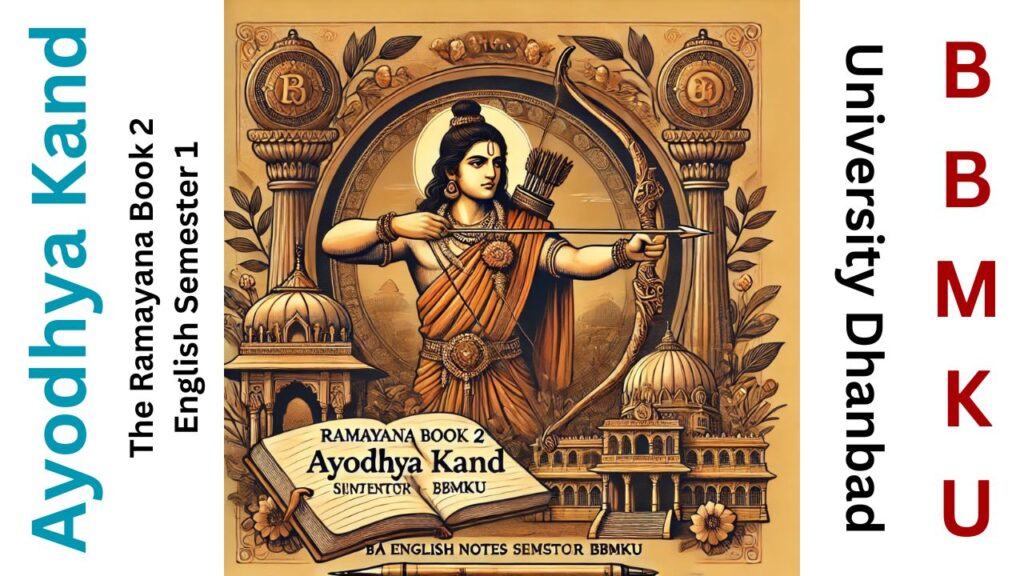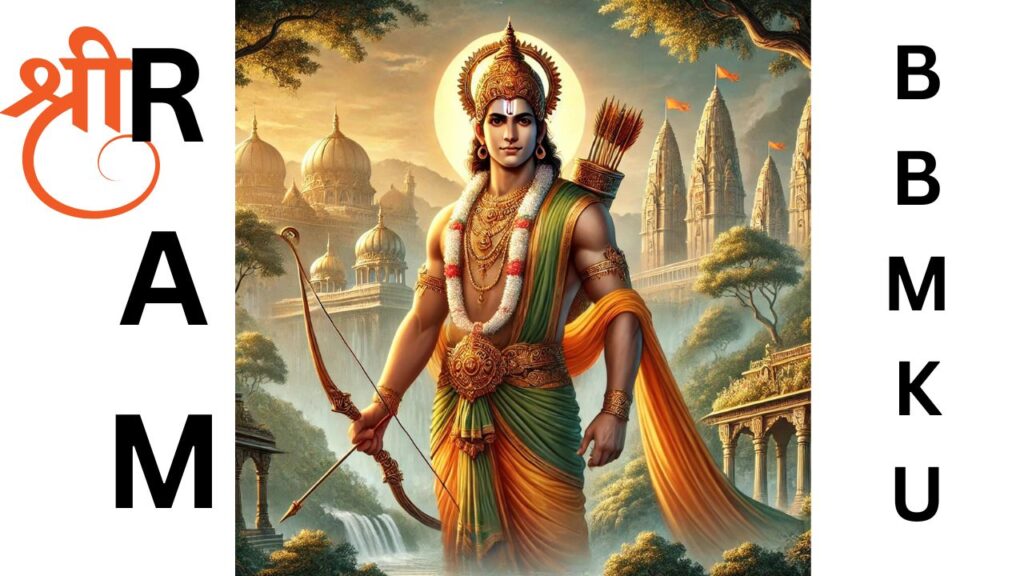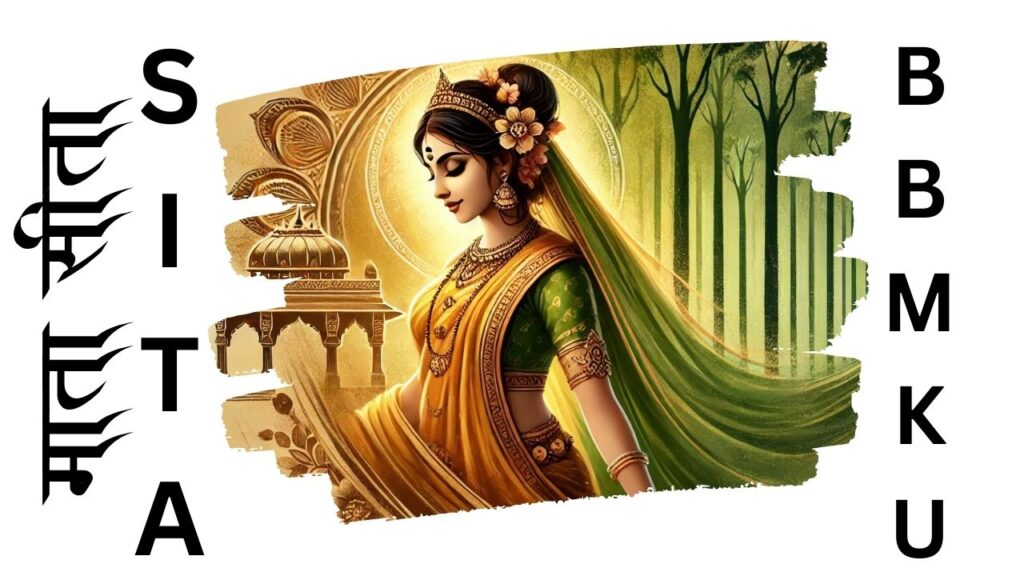Classical Indian Drama: Theory and Practice
The roots of Indian drama run deep into the country’s cultural, religious, and literary traditions, dating back to ancient times. Classical Indian drama is a fascinating tapestry that intertwines performance, philosophy, and aesthetics, offering a profound glimpse into the social and spiritual fabric of India. Guided by the theoretical framework of the Natya Shastra, classical Indian drama has evolved as a unique art form celebrated across generations. This article explores the origins, theory, and practice of classical Indian drama, highlighting its significance in the realm of theatre and its enduring legacy.
The Origins of Classical Indian Drama
Classical Indian drama finds its foundation in the Natya Shastra, attributed to Bharata, an ancient Indian sage. The Natya Shastra, often regarded as the “fifth Veda,” is a monumental treatise on dramaturgy, encompassing elements of performance, stagecraft, music, dance, and aesthetics.
According to mythology, drama was divinely created to provide both instruction and entertainment. It is believed that the gods requested Brahma, the creator, to develop a medium that combined aspects of the Vedas for all people, irrespective of caste or education. Brahma created Natya (drama) as a synthesis of the Rig Veda (speech), Yajur Veda (gestures), Sama Veda (music), and Atharva Veda (emotions). This divine origin underscores the sacred and universal essence of classical Indian drama.
Theoretical Framework: The Natya Shastra
The Natya Shastra serves as the guiding light for classical Indian drama. Spanning 36 chapters, it meticulously details various aspects of theatrical performance, from acting techniques and stage design to audience engagement and emotional evocation.
Key Components of the Natya Shastra
- Rasa (Emotional Essence):
At the heart of classical Indian drama lies the concept of rasa, the aesthetic experience or emotional flavor evoked in the audience. Bharata identifies eight primary rasas: Shringara (love), Hasya (humor), Karuna (compassion), Raudra (anger), Veera (heroism), Bhayanaka (fear), Bibhatsa (disgust), and Adbhuta (wonder). A ninth rasa, Shanta (tranquility), was later added. - Bhava (Emotions):
Bhava refers to the emotions expressed by the actors, which lead to the audience experiencing rasa. The interplay of vibhava (stimuli), anubhava (reactions), and vyabhichari bhava (transient emotions) creates a rich emotional tapestry. - Abhinaya (Expression):
Abhinaya, or the art of expression, is categorized into four types:- Angika: Physical gestures and body movements.
- Vachika: Verbal expression, including dialogue and vocal intonation.
- Aharya: Costumes, makeup, and props.
- Satvika: Inner emotions reflected outwardly.
- Structure of a Play:
Classical Indian plays typically follow a structure comprising five to ten acts. Each act contributes to the unfolding of the plot, with a mix of prose and verse, monologues, and dialogues.
Prominent Playwrights and Works
The golden age of classical Indian drama witnessed the emergence of legendary playwrights whose works continue to inspire and captivate.
Kalidasa:
Often regarded as the “Shakespeare of India,” Kalidasa is celebrated for his lyrical mastery and emotional depth. His plays, such as Shakuntala (Abhijnanasakuntalam) and Malavikagnimitram, exemplify the ideal blend of romance, nature, and spirituality.
Bhasa:
Preceding Kalidasa, Bhasa’s works are characterized by their simplicity and dramatic vigor. Plays like Swapnavasavadattam and Urubhanga showcase his innovative approach to storytelling.
Shudraka:
The author of the iconic Mrichchhakatika (The Little Clay Cart), Shudraka’s work is a rich tapestry of love, wit, and social commentary.
Bhavabhuti:
Known for his intense and philosophical plays, Bhavabhuti’s masterpieces, such as Uttararamacharita, delve into themes of duty, devotion, and human emotions.
Practice of Classical Indian Drama
Classical Indian drama was performed in open-air theatres, palaces, and temple courtyards. The stage was a sacred space where performers became conduits of divine energy.
Key Elements of Performance:
- Actors:
Classical Indian drama required actors to master the art of abhinaya, harmonizing physical, vocal, and emotional expression. Training was rigorous, emphasizing discipline and precision. - Music and Dance:
Integral to the performance, music and dance elevated the emotional impact. Instruments like the veena, mridangam, and flute accompanied the drama, while stylized dance movements enhanced storytelling. - Costumes and Makeup:
Vibrant costumes and elaborate makeup distinguished characters and conveyed their emotions, status, and personality. - Audience:
The audience played an active role in the theatrical experience. The success of a performance depended on the ability to evoke rasa and leave a lasting impression.
Influence and Legacy
The influence of classical Indian drama extends far beyond its historical period. It has shaped modern Indian theatre, dance, and cinema while inspiring global artists and scholars. The rich traditions of Kathakali, Koodiyattam, and Yakshagana are direct descendants of classical Indian drama, preserving its essence through regional forms.
Moreover, the philosophical and aesthetic principles of the Natya Shastra have found resonance in contemporary art forms, underscoring the timeless relevance of classical Indian drama.
Conclusion
Classical Indian drama is a testament to India’s profound cultural and artistic heritage. Rooted in the spiritual and social fabric of ancient India, it transcends mere performance, offering a holistic experience that engages the mind, body, and soul. By studying its theory and practice, we not only honor the genius of ancient Indian playwrights and performers but also gain a deeper appreciation for the universal power of storytelling and the human spirit.
As we continue to explore and adapt the principles of classical Indian drama, its legacy serves as a bridge between the past and the present, enriching our understanding of art, culture, and life itself.



